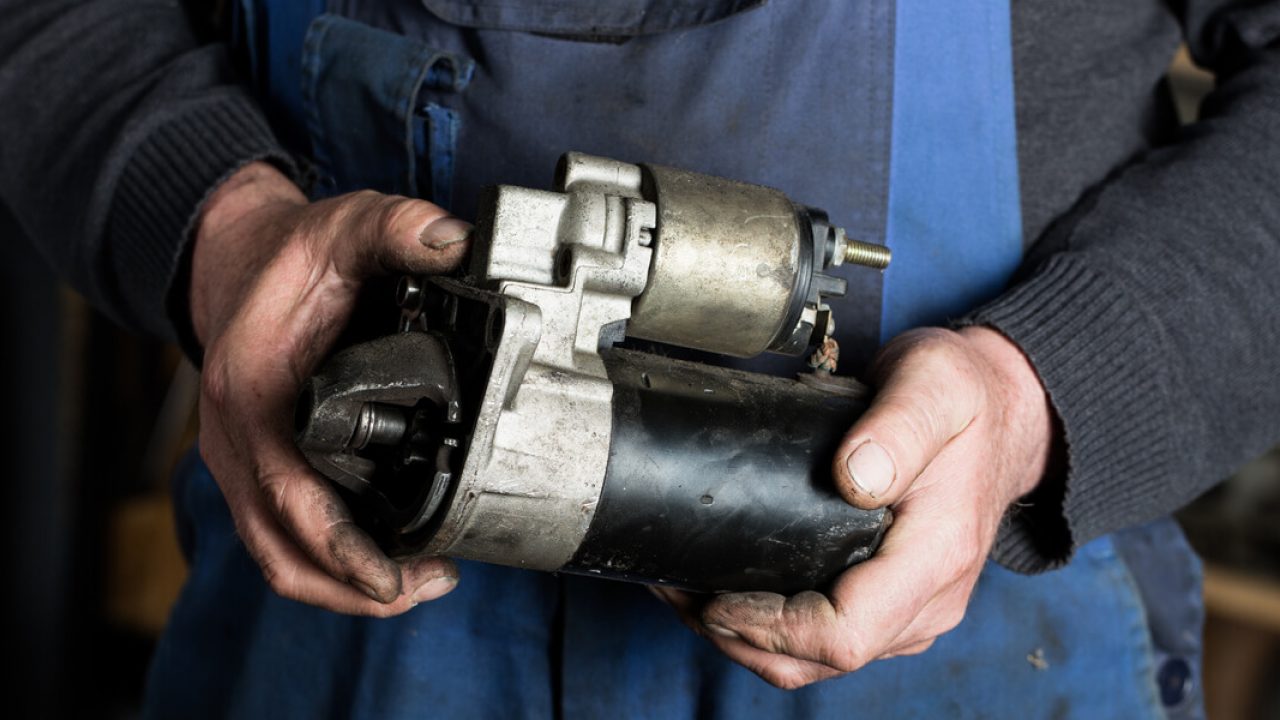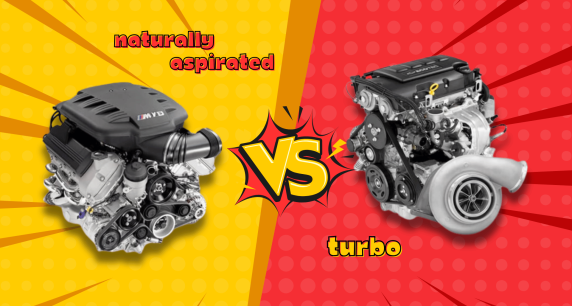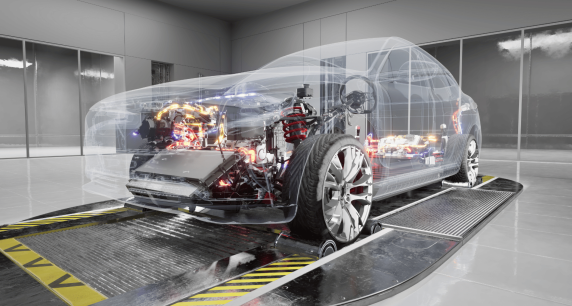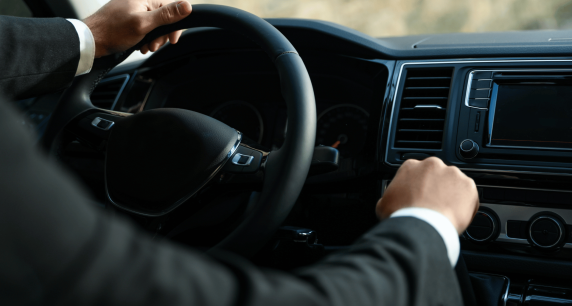Starter Motor – How It Works
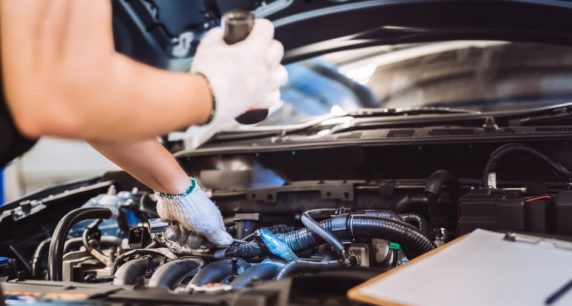
HERE IS A BRIEF DESCRIPTION OF HOW A STARTER WORKS.
The car starter works by harnessing the power of the automotive battery. Once the key is inserted into the ignition switch and then turned to the start position, a tiny amount of current flows through the neutral safety switch and into the starter relay or solenoid. The starter motor then cranks the engine to enable the piston to create a suction drawing in the fuel and air mixture into the cylinder. The engine will then start as the spark created by the ignition system will ignite this mixture.

STARTER MOTOR COMPONENTS & THEIR FUNCTIONS:
Armature
The armature is an electromagnet, mounted on the drive shaft and bearings for support. It is a laminated soft iron core which is wrapped with numerous conductors’ loops or windings.
Commutator
The commutator is a section of the shaft at the rear of the housing on which the brushes run to conduct electricity. The commutator is made up of two plates attached to the axle of the armature. These plates provide the two connections for the coil of the electromagnet.
Brushes
The brushes run on a section of the commutator at the rear of the housing, making contact with the contacts of the commutator and conducting electricity.

Solenoid
The solenoid contains of two coils of wire that are wrapped around a moveable core. The solenoid acts as a switch to close the electrical connection and connects the starter motor to the vehicle’s battery.
Plunger
The plunger works by using the connected vehicle battery and the solenoid to push the plunger forward, which engages the pinion.
Lever Fork
The lever fork is connected to the plunger so when the plunger is pushed forwards, so is the lever fork. This process then activates the pinion.
Pinion
The pinion is a unique combination of a gear and springs. Once the starter is engaged the gear is extended into the gearbox housing and is engaged with the flywheel. This spins the engine to begin the combustion process.
Field Coils
The housing holds the starter fields in the housing with screws. This can consist of two to four field coils connected in series. Energized by the battery this converts the coils into an electromagnet which then turns the armature. When the armature coils are powered a magnetic field is created around the armature.
TYPES OF STARTER MOTOR
Below are the five types of starter and their difference:
Direct Drive Starter Motor DD
Direct drive the most common and older types of starter motor available out there. it comes with different applications and construction design but it’s solenoid operated unit. Well, it’s working remains plain like other types.
The solenoid is energized by the car battery when the ignition switch or key is pressed. This pushes the plunger to shift the lever that directs the pinion gear. The pinion gear which then meshes with the engine flywheel. So, as the starter motor spin, the flywheel spin along which then begin the engine combustion to run on its own.
Planetary Gear PLGR
The existence of these types of starter motor has vastly replaced the direct-drive types. It is a permanent magnet that transmits power between the pinion shaft and the armature. The armature spin with more speed and torque.
The essence of planetary gear is to reduce gear which further reduces the requirement of high current. There is a sun gear located at the end of the armature and three plenary carrier gears inside the ring gear held stationery.
Planetary gears are able to attain a great amount of gear reduction as the ring gear is held and inputting the sun gear while outputting the carrier.
Permanent Magnet Gear Reduction PMGR
The permanent magnet gear reduction is designed to offer less weight, easy construction and less heat generation. It features four to six magnet field assemblies rather than field coil starters. It has three terminals on the 12V solenoid, and also heavy-duty making to require less current. Because there are no field coils, the commutator and brushes transfer current directly to the armature.
Permanent Magnet Direct Drive PMDD
The PMDD types of starter motors are similar to the direct drive in several ways. Their difference is that the field coil is replaced with permanent magnets in the permanent magnet direct drive type.
Off-Set Gear Reduction OSGR
These starter motor types work under high speed at low current. They are lighter and more compact which makes them easy to assemble. Off-set gear reduction starters are common among the four-wheel-drive vehicle as they increase cranking torque.
Inertial Starter
Inertial starters are the electric types that achieve the feature of all types of starter motors. It works perfectly fine during the cranking and even ensures the motor part safety. It starts the engine strong and very fast, making it the best option for cracking speed. The amount of weight associated with the torque capacity of the starter is extremely minimized.
